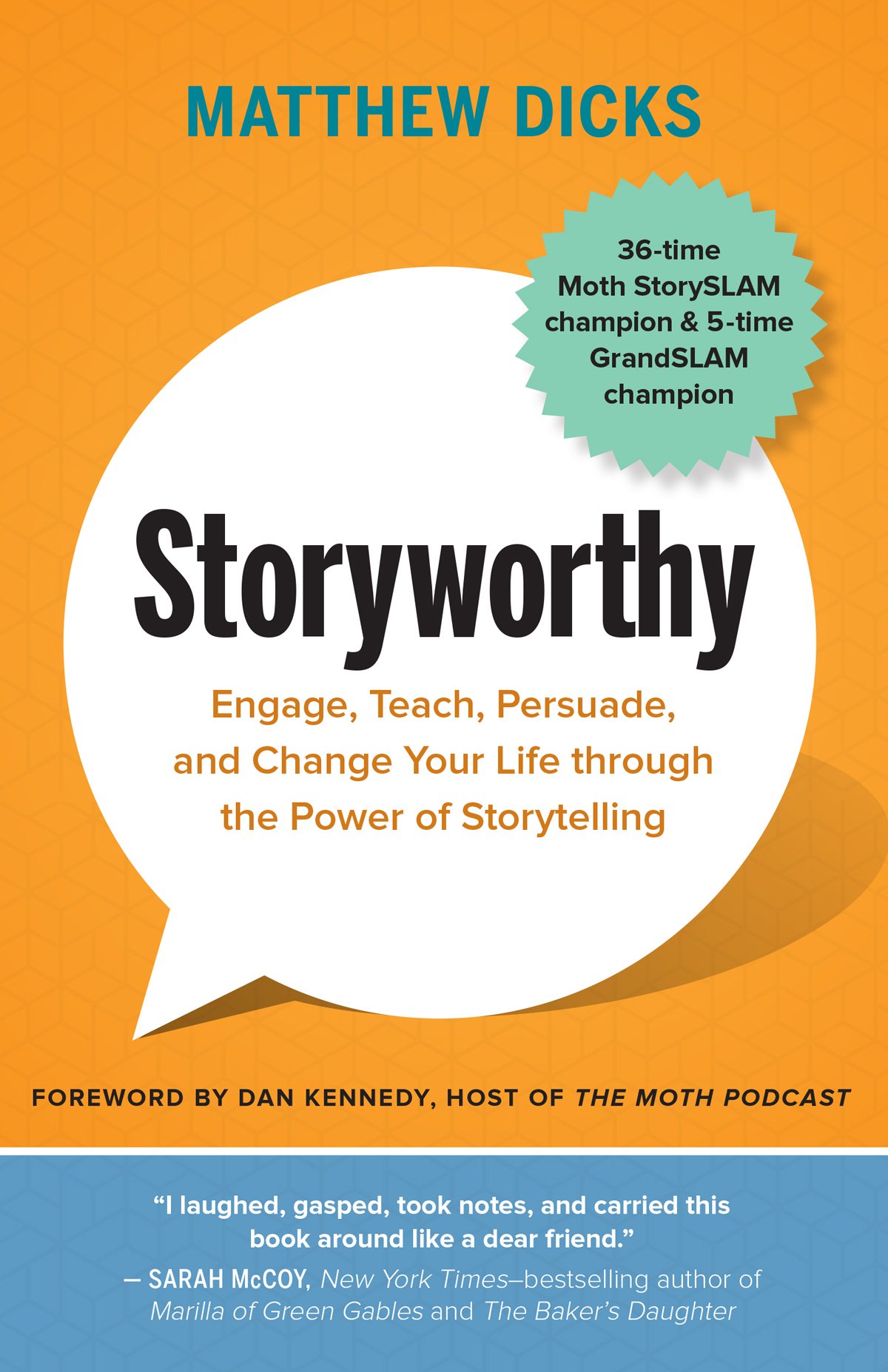Slate’s Dahlia Lithwick, in writing about the Jewish conundrum of how to handle Santa Claus and the Christmas tree with their impressionable children, writes:
One needn’t be virulently anti-Christmas to experience the seasonal anxiety felt by parents who want their children to enjoy the winter holidays while avoiding religious indoctrination.
I find this statement terribly flawed. Rather than be concerned about “avoiding religious indoctrination,” I think Lithwick would’ve been more more accurate had she written about her desire “to avoid the unraveling of the purposeful religious indoctrination that she has already begun with her children.”
Does she really think that Christmas trees and stockings hung by the fireplace are anymore indoctrinating than the average parent, Jewish or otherwise, who imposes his or her religious beliefs on their child’s unformed mind?
Lithwich does not want to avoid religious indoctrination. She wants to avoid the wrong kind of religious indoctrination, which comes down to the kind that she does not prefer, which in reality is the kind of indoctrination that her parents’ parents’ parents’ parents did not prefer.
Religious people don’t fear religious indoctrination. They fear the challenges to that indoctrination.
Christmas trees and Santa Claus are not the the determiners of religion, nor will they sway a properly indoctrinated child. For most people, religion is passed on like a gene, determined long before the current or recent generations were ever born and influenced primarily by geography.
Consider this:
Almost all of the Christians and Jews born in America would be Muslim had they been born into a family residing in Syria. Almost without exception.
In fact, it’s very possible that they would hate Christians and Jews.
Regardless of one’s transcendent belief in Jesus or the words of the Torah, Christians and Jews would be worshiping Mohammad had they been born somewhere else, as much as they may not want to admit it.
Geography and genetics, for most people, are the primary determiners of religious belief.
Lithwick has little to fear from a fat man in a red suit. It may make Judaism seem a little boring and bereft of magical creatures, but I don’t think any Jew converted to Christianity just for the tree and the fat guy in the sleigh.
Fellow Slate contributor Mark Oppenheimer weighed in on the subject by writing:
“I’m not saying that a Christmas tree always represents some effort at assimilation. I am saying that the sooner a Jew learns to think it’s terrific that she has her own traditions—even if they are flawed traditions, or aesthetically inferior, or hard to explain, or meaningless, or, like “the Hanukkah Bush,” just a weird urban legend—the sooner she can shed the big roller-suitcase of baggage that a lot of Jews carry. That’s possible to do with a Christmas tree in the house, but it’s surely harder.”
Did Oppenheimer really claim that it is hard for a Jew to feel special when his traditions are inferior and pointless, especially when placed in the light of a kick-ass Christmas trees and the thoughts of eight rockin’ reindeer dragging a sled full of toys through the stratosphere?
I think he did.
It makes me wonder:
If your traditions are “flawed, aesthetically inferior, hard to explain, meaningless, or weird,” why not fix them? Improve them?
As much as people may reject the notion, tradition changes all the time.
For a people who’s worldwide population is close to zero percent (13 million out of a overall population of almost 7 billion), maybe it’s time to make the religion more inviting to potential converts?
I have been working on a 12-point plan to improve Judaism for a long time. In light of Litchwick and particularly Oppenheimer’s comments, it may be time to debut my list.









